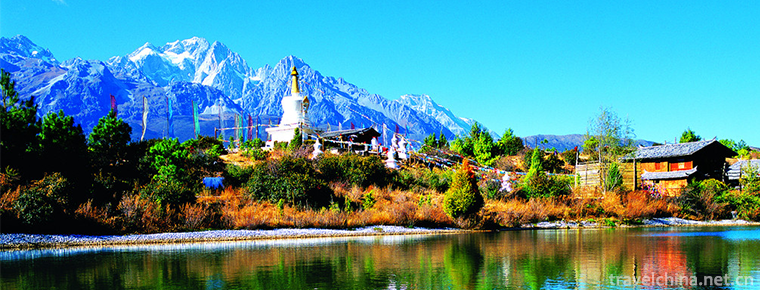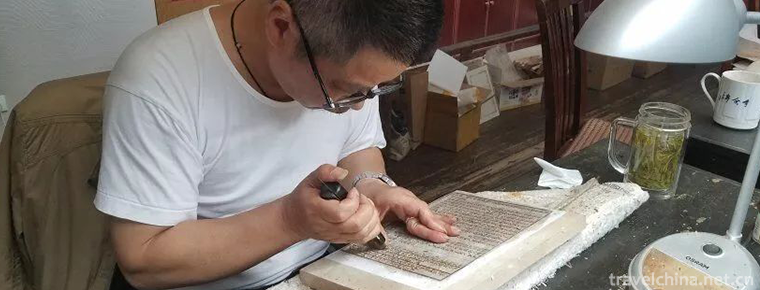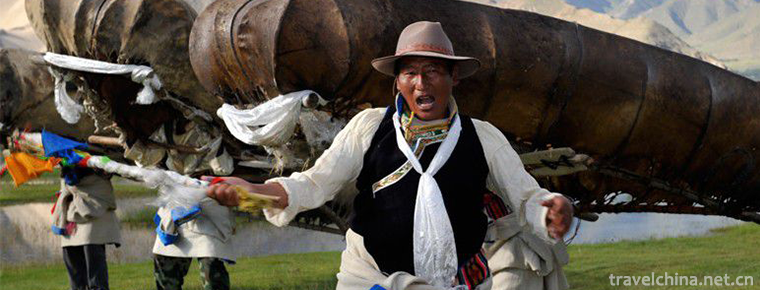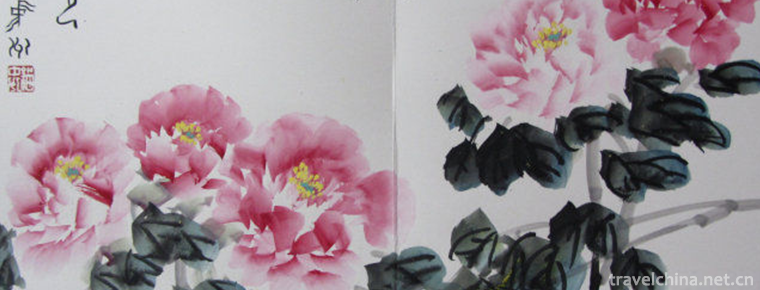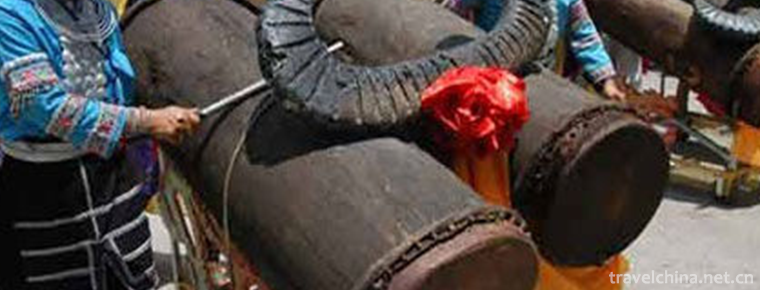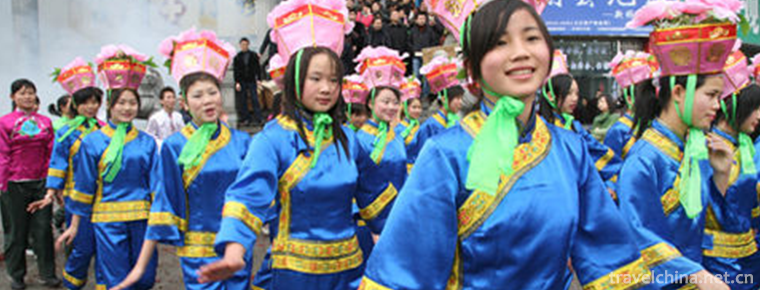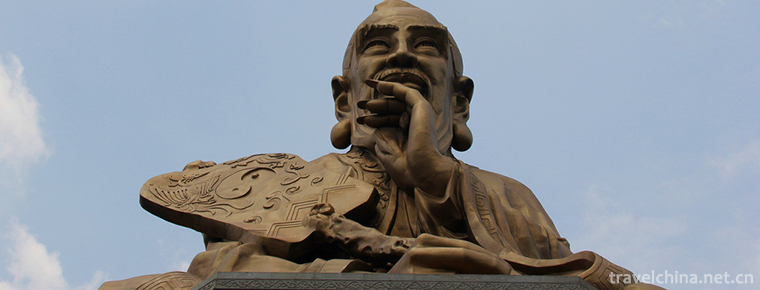Restoration Techniques of Ancient Ceramics
Restoration Techniques of Ancient Ceramics
Ancient ceramic restoration technology is a special artistic creation of comprehensive modeling, sculpture, color, calligraphy, painting, chemical industry, etc. Ancient Ceramics Restoration must be carefully carved one by one, a seemingly simple blue and white lines, in the process of restoration still need to be "colorful". The whole repair process includes several steps, such as disassembly, cleaning, filling, polishing, underpainting, coloring, glazing and making old ones. In 2011, the restoration techniques of ancient ceramics were included in the third batch of Shanghai intangible cultural heritage list.
On November 11, 2014, the restoration techniques of ancient ceramics were approved by the State Council and listed in the fourth batch of national intangible cultural heritage list.
In 2012, Changning intangible cultural heritage series "Ancient Ceramic Restoration Techniques" was published. Jiang Daoyin, the successor of the project, has devoted himself to the restoration of ancient ceramics for decades. The technology of repairing ancient ceramics with porcelain sheets has been unprecedented, and has been called the first person in the field of restoration of ancient ceramics in China.
History
There are three kinds of ancient ceramic restoration: research restoration, exhibition restoration and commodity restoration. Commodity restoration can be traced back to the mid-Qing Dynasty, where eunuchs secretly took the damaged ones out of the palace and repaired them for sale at high prices, using materials such as egg white, shellac, glutinous rice soup and so on. Gradually, this industry came into being. At the end of the Qing Dynasty, ancient ceramic restoration techniques had taken shape initially in society. At that time, shellac, gum and fish gum were mainly used as adhesives, and saw nails were also used to repair some broken folk porcelain. After the port was opened, antique traders gathered here, and the vulnerability of ancient ceramics gave birth to a number of professional restoration talents. Rao Hongfa was the originator of this skill.
Before and after liberation, the materials were lacquer sheets, alkyd enamel, nitro enamel and propionic acid thermosetting paint. In the past few years, the Shanghai Museum developed patent glaze-like resin, which improved the repair of commodities. There were about ten people in the whole country who took commodity restoration of ancient porcelain as their profession. The methods used were much the same, but the materials used were different.
Inheritor
Jiang Dao Yin
Jiang Daoyin, an expert on ancient ceramic restoration in China, graduated from the dance design major of Shanghai Theater School in 1966. After being transferred to the Shanghai Museum, he studied ancient ceramic restoration from his predecessors. As an expert in ceramic restoration, he has successfully restored more than 500 pieces of ceramics, including ancient and modern ones. Among them, he restored a tri-coloured figurine of Tang Dynasty, which was broken into 16 pieces and was lifelike, dignified and charming after restoration. The glazes, colours and tires of the parts he repaired are exactly the same as those of the original parts, which is quite difficult. There are thousands of cultural relics restored by Jiang Daoyin. From Liangzhu culture flat-footed pottery tripod to Southern Song official kiln, from Liaobai glazed bowl to Ming Dynasty blue-and-white double-series flat pottery with porcelain, from Tang Dynasty painted pottery figurines to Xuxiutang purple sand carved crabs.
In the first half of 2013, Jiang Daoyin's "Ancient Ceramic Restoration Techniques" was officially published, filling in the blank of Ancient Ceramics Restoration books. Jiang Daoyin has also held many training courses on ancient ceramic restoration, and has trained hundreds of restoration talents for museums, cultural relics stores and collectors all over the country. He was employed by Shanghai Institute of Visual Arts and became a professor of ancient ceramic restoration.
Restoration works
He has restored the flat blue and white bottles of Ming Yongle that have been lying in the warehouse of Shanghai Museum for decades. In 2004, the Capital Museum handed over the flat pot of the phoenix head of Yuanqing to Mr. Jiang Daoyin, a renovation expert, for 13 months. Today, the phoenix head flat pot is just like a new life in front of us. In 2007, Jiang Daoyin restored the four-series flat pot of the Yuan Dynasty. He first took the original pieces apart and counted them one by one. There were more than 40 pieces. Then wash it carefully with water and assemble it like a jigsaw puzzle. It has to be repaired both inside and outside - first part of the interior, then part of the exterior, layer by layer to the mouth. With imported glue of high strength, the defects are repaired one by one. Even more difficult is to use low-temperature glaze-like materials to smooth the surface, but also to use brushes to complete the blue and white patterns. In 2011, Jiang Daoyin restored the spring bottle of the eight-edged jade pot for the Yuan Blue and White Double Lion Opera.
Related books
Ancient Ceramic Restoration Techniques is a book published in 2012 by Jiang Daoyin. This book is a monograph to introduce the restoration of ancient ceramics. With more than 30 years of rich experience, Mr. Jiang has restored countless precious cultural relics. In this book, he teaches people tirelessly and carefully points out the restoration techniques of ancient ceramics. He is a treasure of many cultural relics and tells about the process of restoration. The book also contains more than 180 precious photo materials, which are very precious.
Restoration techniques
Chinese ancient ceramics are the brilliant pearls in the treasure house of human culture and art. The vicissitudes of the sea, the deceased. Very few have been preserved intact. Most of the ancient ceramics were damaged to varying degrees. Restoration of ancient ceramics is a traditional skill. When ancient ceramics become fragrant baboons, ancient ceramics restorations came into being. We generally refer to the restoration of commercial exchanges, as the name implies, is to repair the damaged and damaged ancient ceramics as before, restore their original integrity, play a role in commercial exchanges. In museums, people gaze at the world-famous porcelain, once crushed and incomplete, but now it is exquisite, people can not help but think it is night talk.
Simple method
For the restoration of ancient artifacts, the common method is to fill the damaged parts with watercolor pigments and glass glue and powder made from excavators, so as to make them smooth as before. After a few days, the yellow clay will be glued on, and the restoration of excavations will be completed.
Repair tool
My friend, Mr. Chen Liang of Jianyang Ancient Street in Fujian Province, is very good at restoring. His restoring technology has reached a high level and he is an expert in restoring ancient porcelain. Some damaged utensils were repaired magically by his skillful hands, and I often mistakenly thought they were finished. His studio had 12 square meters, but his tools were not many. There were several bottles of chemical agents, several knives and spray pens on his desk, ultrasonic cleaner, small blower, watercolor paint, polisher, heater, file and so on. There is a Changfeng brand air compressor near the table.
He told me that although it was easy to look at repair tools, there was a lot of knowledge in them. For example, a punch is difficult to repair. It needs several steps, such as cleaning, strengthening, colouring, spraying and glazing. So it usually takes one to two months to repair an object.
Repair order
Cleaning
Two. Bonding
3. Underlay-fill vacancies and polish them
Fourth, make background color
5. Making Unglazed Colors
Six. Imitation glaze
7. Making glaze colours
Eight, do the old
Repair steps
First of all, the original material is photographed and filed. Next comes the cleaning. Put the utensils into the ultrasonic cleaner, add appropriate amount of chemical reagent acetone to the water for micro-heating treatment, and remove the fouling and adhesives. After 2 to 3 hours of startup, the dirty adhesives will fall off naturally. In the process of cleaning, we should see if there are any ancient ceramic debris left in the sediment in the washing machine, and if there is one, we should confirm that it is in accordance with the machine after cleaning, then reuse the debris, try our best to achieve the original flavor and return the true face of Lushan Mountain; first, we should wash the black in the punch if there is no ultrasonic cleaner, and drop chlorine-containing disinfectant on the punch, while aligning the punch with the hair dryer to speed up the medicinal water. Volatilization. In general, such procedures need to be repeated many times before the black performance of the line can be thoroughly washed out, and then rinsed with clean water. Sometimes it is difficult to wash because of the black. It takes several days to clean this step only.
The second step is to repair. In general, the colorless transparent choice is to use 502 glue or two-component epoxy resin to bond and restore the ancient porcelain fragments. The ceramic putty made of ceramic powder and synthetic material (polyester) is used to make the base flat and make up the defect.
The third step is to complete the assembly of ancient porcelain, then do background makeup, blue and white painting and other colors and glazing. Glaze is a new glaze-like coating, such as polyester. After glazing, the surface of the objects is bright, high hardness and decorative. Sometimes the blue-and-white line along the mouth is deep in the middle and light on both sides. It is like the ink rhyme of traditional Chinese painting. It appears faintly and has reality in the void. He said that when dealing with the edge of the mouth, we should choose the combination of manual drawing and mechanical spraying to make it seamless. Finally, the floor wax is used to cover the light. The restored ancient porcelains are as bright as before, reappearing their original appearance.
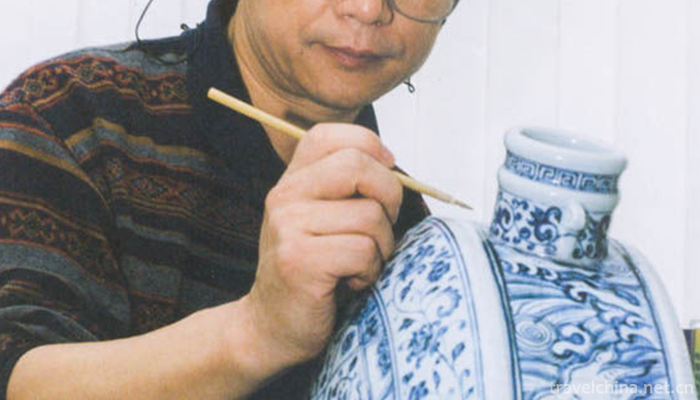
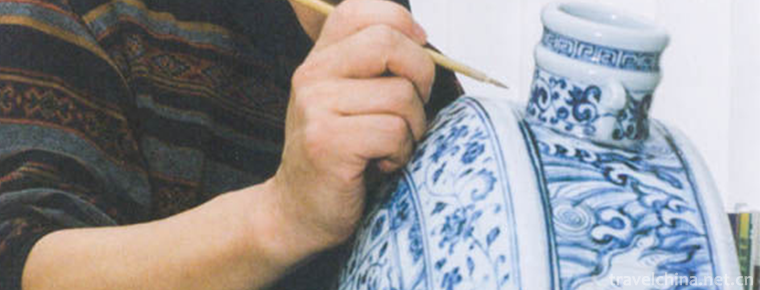
Restoration Techniques of Ancient Ceramics
-
Dongba Valley Scenic Area
Dongba Valley Scenic Area, located at the foot of Yulong Snow Mountain, Yunnan Province, 15 kilometers away from Lijiang River, is a natural ecological Grand Canyon, a rift valley torn apart during th
Views: 147 Time 2018-12-20 -
Engraving Printing Skills
Engraving printing technology, Yangzhou City, Jiangsu Province, local traditional handicraft, one of the national intangible cultural heritage.
Views: 407 Time 2019-04-27 -
Kuozi Guzi
Guzi, also known as "Guzi Dance" and "Cowskin Boat Dance", is a unique folk dance of two groups of Junba in Chabalang Village, Qushui County, Tibet Autonomous Region. In 2008
Views: 137 Time 2019-05-10 -
Luoyang Peony Festival
The Chinese Luoyang Peony Culture Festival, formerly known as the Luoyang Peony Flower Festival, has been selected into the national intangible cultural heritage list since 1983. In November 2010, it
Views: 122 Time 2019-05-15 -
Wooden drum dance
Wood drum dance is a kind of folk dance that is spread among the Miao, Yi and Wa people in southwest China to dance and sacrifice by beating wood drum. Its drum shape is mostly to intercept the trunk
Views: 212 Time 2019-06-06 -
Quanfeng Lantern
Quanfeng Lantern is a traditional folk art form in Quanfeng Town, Xiushui, Jiangxi Province. It is an artistic performance activity between lamp, opera and dance. Its main feature is the performance o
Views: 169 Time 2019-06-11 -
Tauk Taohu
Tao Ketaohu (May 13, 1864-April 1922), also translated as "Tao Ketao", Fuer Zhijin, Mongolian, the former Banner of Guoerros in Zhelimu League, Mongolian subordinate aristocrat of Nezhazazak
Views: 117 Time 2019-06-18 -
Lao Tzu
Laozi, surnamed Li Minger, is a character of Bai Yang, or posthumous Bo Yang. In the late spring and Autumn period, the birth and death years were unknown. About 571 years ago, it was born in the late
Views: 226 Time 2019-09-04 -
Luoji Mountain Scenic Spot
Luoji Mountain scenic area is located in Puge County, Sichuan Province, with a total area of 2400 square kilometers, of which the main scenic area is 1083 square kilometers, and the main peak is 4359 meters above sea level.
Views: 118 Time 2020-10-16 -
Deyang tertiary industry
In 2018, the annual real estate development investment in Deyang City was 14.98 billion yuan, an increase of 42.6% over the previous year. The construction area of commercial housing was 15.827 million square meters, an increase of 24.9%; the completed area
Views: 356 Time 2020-12-14 -
Mineral resources in Suining
The mineral resources with more reserves in Suining City mainly include oil, natural gas, well salt, placer gold, limestone, etc., especially natural gas and brine resources. Suining has developed and utilized 7 kinds of mineral resources, including shale mine
Views: 218 Time 2020-12-16 -
Main scenic spots in Meishan
Jiulongshan Forest Park is located in the southwest of Sichuan Province, in Yangchang Town, Danling County, Meishan City, about 20km away from Danling county. It covers an area of 380 hectares, including 100 hectares of core scenic area. The a
Views: 159 Time 2020-12-18
